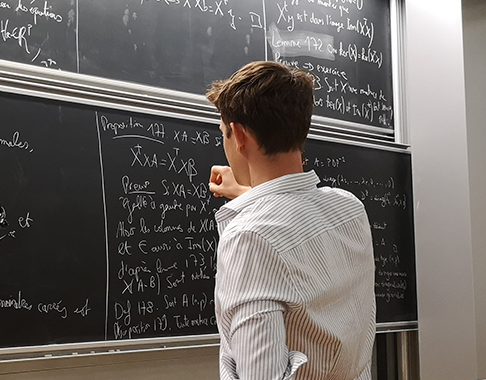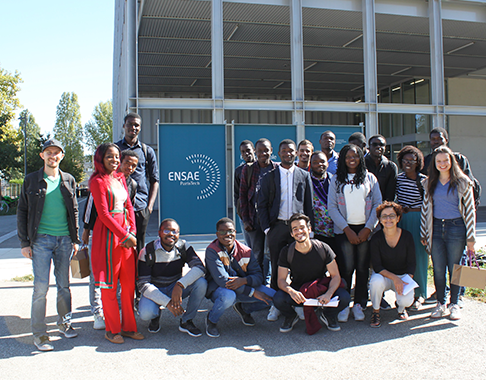Econometrics 2
Teacher
DAVEZIES Laurent
Department: Economics
ECTS:
3
Course Hours:
18
Tutorials Hours:
18
Language:
French
Examination Modality:
écrit+CC
Objective
This course aims to complement the first-semester econometrics course by focusing on statistical analysis of individual-level data.
The first part covers several extensions of the linear models introduced in Econometrics I. These extensions mainly address the issue of endogeneity, which lies at the core of modern microeconometrics. The course provides an in-depth study of the difference-in-differences method. It also examines the use of panel data, including cases where model dynamics are complex. In addition, the course offers a detailed treatment of regression discontinuity methods.
The second part of the course focuses on limited dependent variable models. This term primarily refers to discrete variables (such as indicators of unemployment, loan repayment, health status, transportation choice, etc.). It also covers censored variables such as consumption, which necessarily takes positive but possibly zero values. Issues related to sample selection (e.g., labor supply, endogenous sample selection) are also discussed. For these nonlinear models, the primary estimation method used is maximum likelihood estimation.
Main Learning Outcomes
By the end of the course, students will be able to:
Master the theory and practice of difference-in-differences methods and understand their limitations.
Distinguish between different panel data methods and understand the advantages and limitations of each approach.
Master the theory and practice of regression discontinuity designs and understand their limitations.
Identify situations in which the dependent variable is limited and select the appropriate model (logit/probit, multinomial or conditional logit, tobit, etc.); understand the estimation method and specific features of each model.
For all models and methods covered in this course: conduct a complete econometric analysis using real data in R (model specification, choice of estimation method, testing, etc.) and interpret the results.
Assessment Method
Final written exam: 2/3
Midterm exam: 1/3
Planning
1. Linear Models: Extensions
1.1. Difference-in-Differences (DID)
1.2. Linear Panel Data Models
1.3. Regression Discontinuity Design (RDD)
2. Nonlinear Models: Limited Dependent Variables
2.1. Dichotomous Models
Logit and Probit Models: identification, estimation, model fit, issues of heteroskedasticity and endogeneity.
2.2. Censored and Selection Models
Simple Tobit Model, Generalized Selection Model, Truncation Model.
References
AMEMIYA, T. Advanced Econometrics, Basil Blackwell, Oxford, 1989 [28 AME 00 A]
CREPON B et N. JACQUEMET Econométrie : Méthode et Applications, de Boeck
GOURIEROUX C. Econométrie des variables qualitatives, 2ème éd., Economica, 1989 [28 GOU 00 A]
WOOLDRIDGE, J. Econometric Analysis of Cross Section and Panel Data, 1ère ou 2ème éd., MIT Press, 2002 ou 2010 [28 WOO 00 B]










